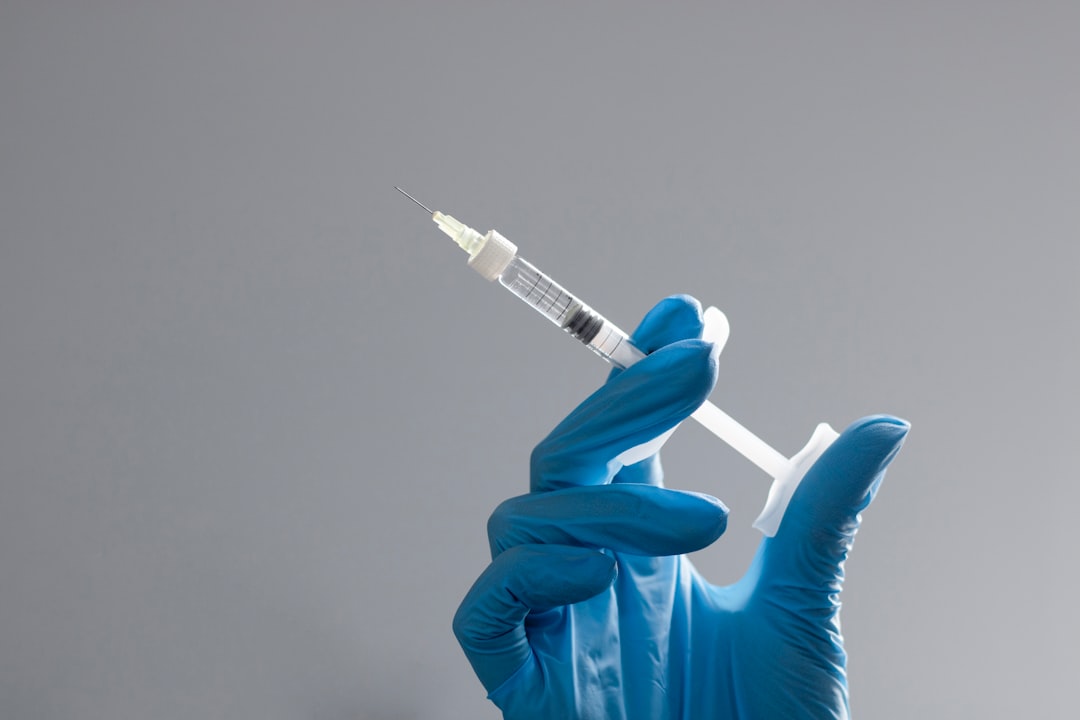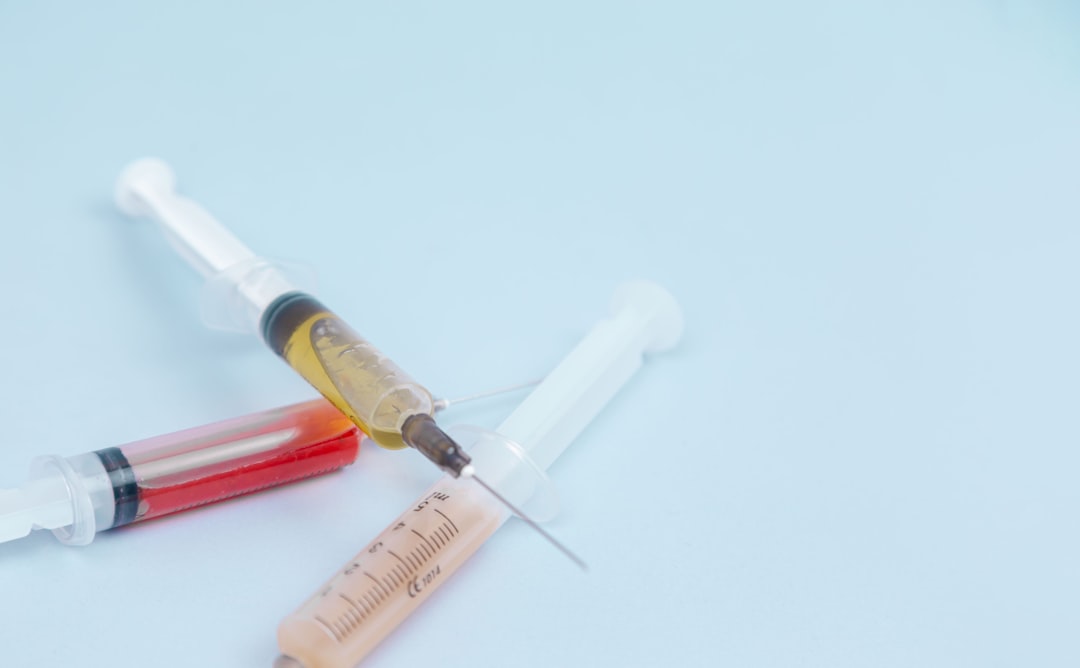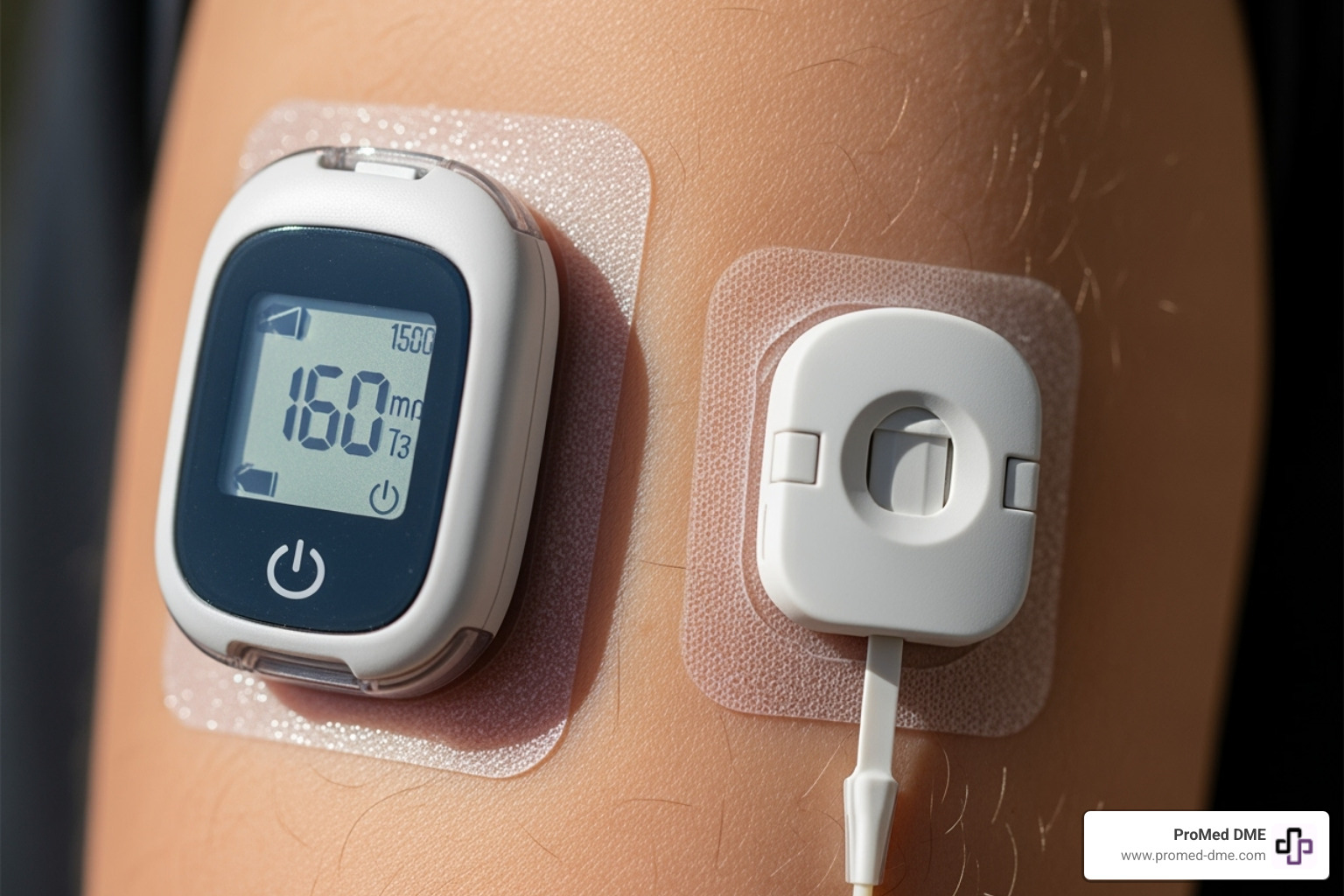The Real Deal on CGM Costs Without Insurance
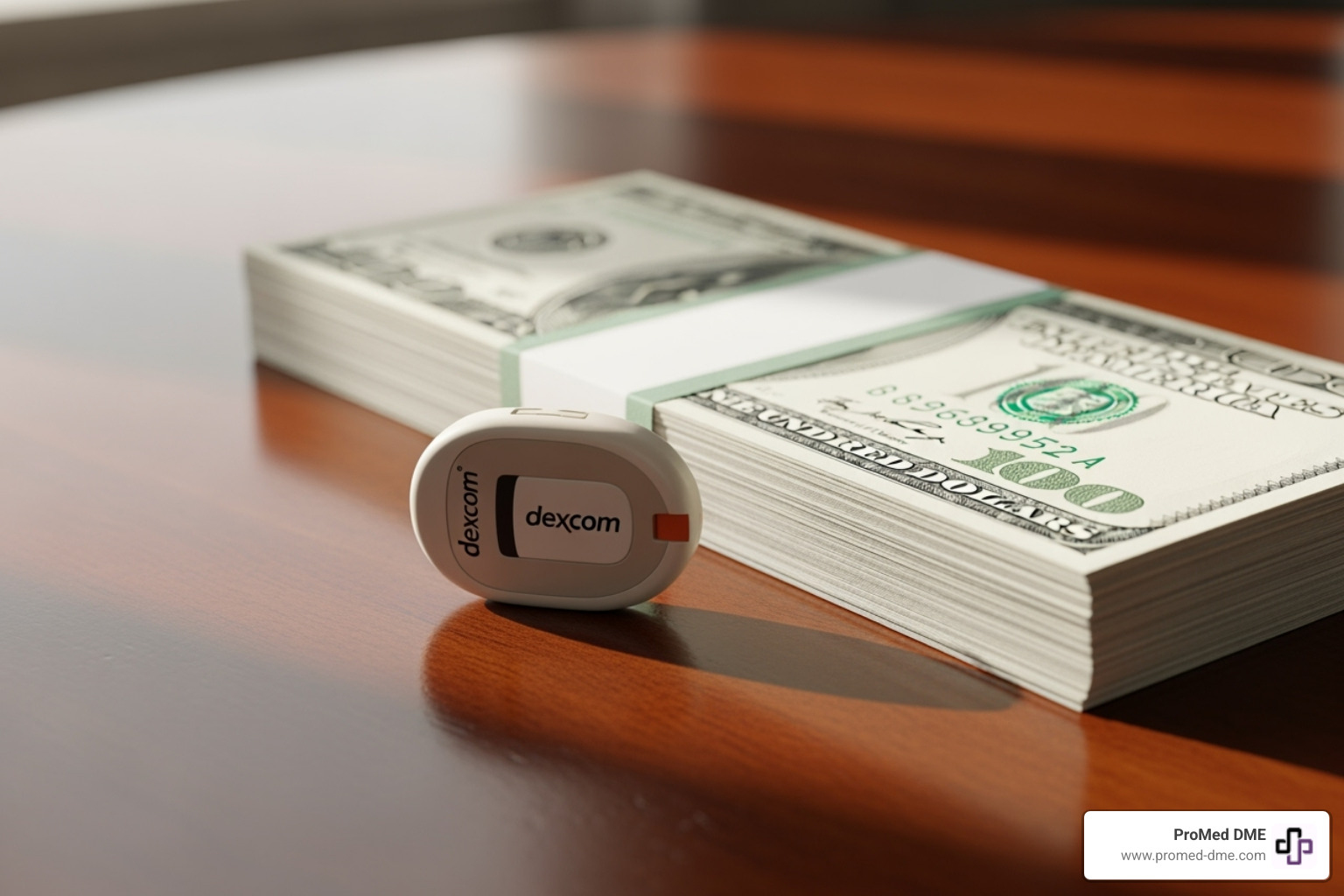
Why CGM Out of Pocket Costs Matter More Than You Think
CGM out of pocket expenses can range from $80 to $500 per month depending on your device, insurance coverage, and where you shop. Without insurance, you're looking at $2,500 to $6,000 annually just for sensors and transmitters.
Quick Cost Breakdown:
- FreeStyle Libre 2/3: $80-$160/month (cash price)
- Dexcom G6: $347-$500/month (cash price)
- Dexcom G7: $200-$400/month (cash price)
- Eversense 365: $533/month (cash price, excluding procedures)
Here's the reality: pricing is one of the biggest barriers to widespread CGM use, according to recent research. Even with insurance, high deductibles and co-pays can make these life-changing devices feel out of reach.
Mike Durbin, who lives with diabetes, put it perfectly: "It's a helpful tool, but too expensive for most people to maintain even with insurance."
The good news? There are proven ways to cut these costs dramatically. From manufacturer savings programs that can reduce expenses by over 50% to free trials and community support networks, you have more options than you might think.
Some people have found creative solutions too. Sarah Kangas shared: "I gave up cable to make sure I had the funds available. Take away my washing machine, computer, microwave or dishwasher but leave my Dexcom G6!"
Whether you're facing a $1,000 insurance deductible or paying full cash price, this guide will show you exactly how to calculate your true CGM costs and find every available discount.
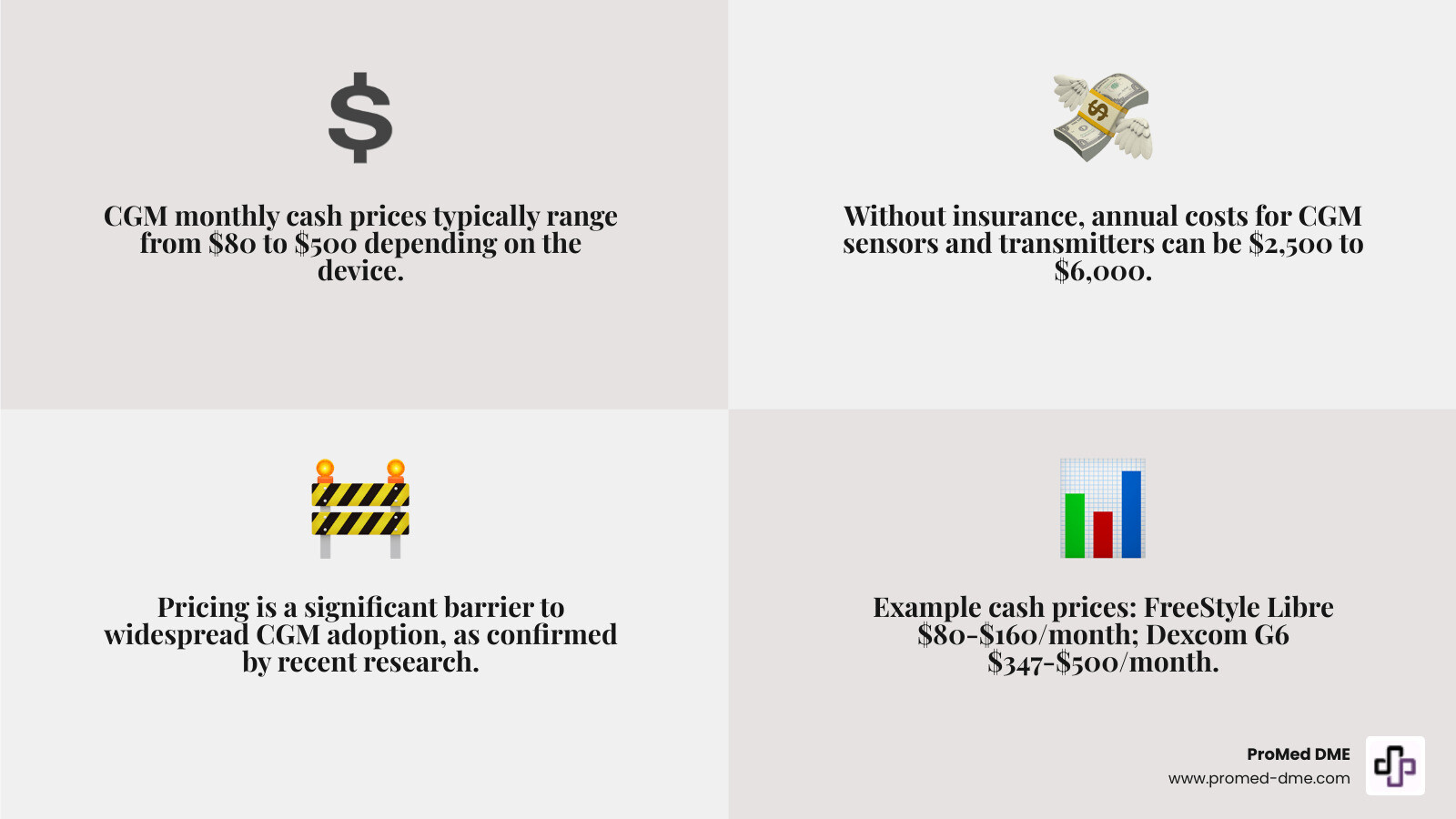
Cgm out of pocket terms made easy:
Understanding the Full Cost of a CGM
The real cgm out of pocket cost isn't just the sticker price. It's a combination of the device's price, your insurance coverage, and other related medical expenses.
A CGM constantly checks your blood sugar levels, giving you real-time updates without frequent finger pricks. Each system includes a sensor worn on the skin, a transmitter that sends data, and a receiver (often your smartphone) to display readings. Understanding the costs of these components is the first step to saving money.
How to Lower Your CGM Out of Pocket Expenses
We get it. The cost of Continuous Glucose Monitors (CGMs) can feel like a mountain to climb. But here's the good news: you don't have to tackle it alone! We're here to help you find every possible path to chip away at your cgm out of pocket expenses. Think of it as a treasure hunt for savings, and we're handing you the map. From clever manufacturer programs to smart shopping tips and leaning on your community, there are truly many ways to make these life-changing devices fit your budget.
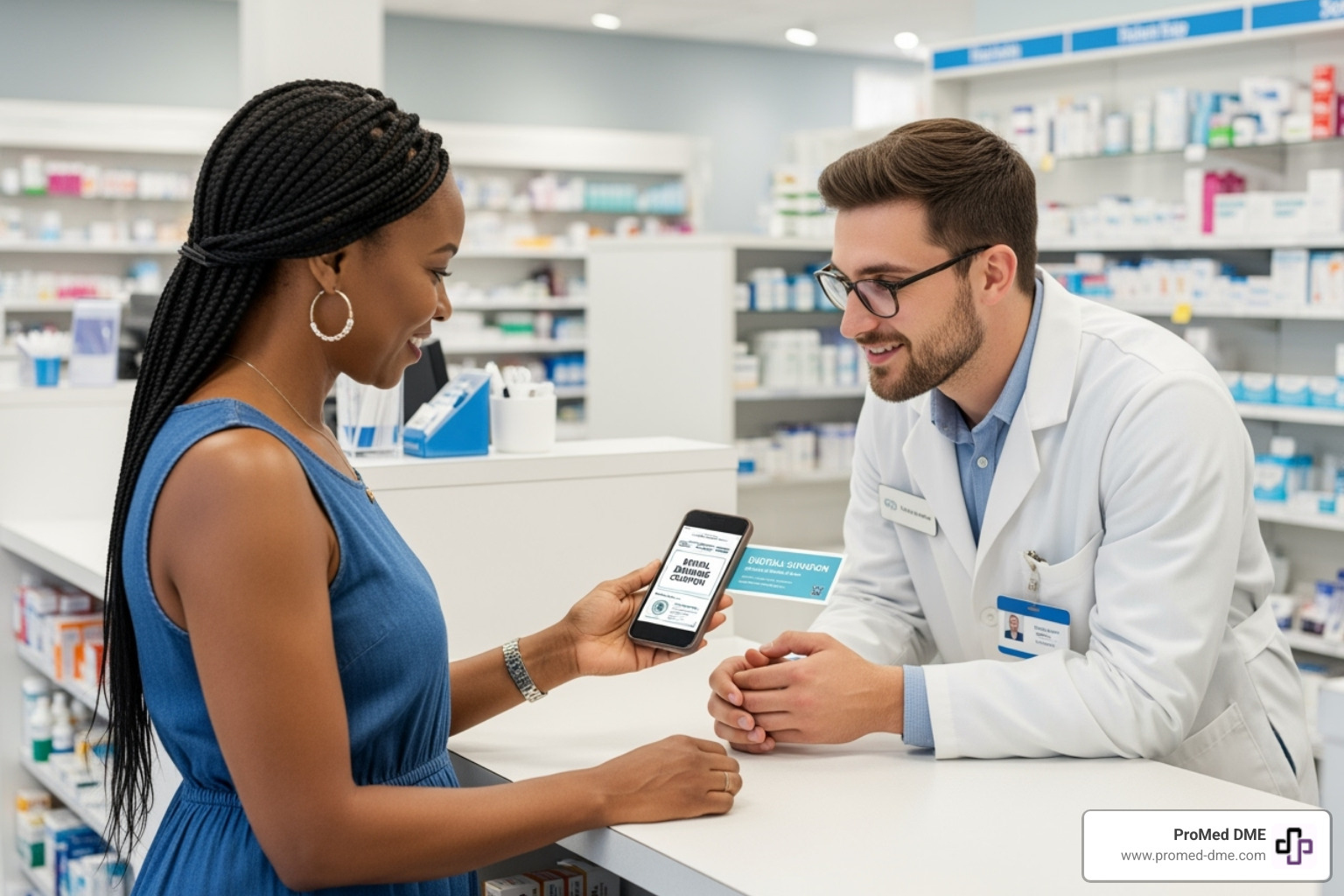
Tapping into Manufacturer Savings Programs and Coupons
Many CGM manufacturers are on your side, offering fantastic programs designed to ease the financial burden. These can be real game-changers for slashing your cgm out of pocket costs.
Let's look at some of the big players:
- Dexcom Savings Programs: Dexcom offers some seriously robust savings. Their pharmacy savings program, for example, can help users save over 50% on Dexcom CGM systems. This means you could get $210 off on every 30-day supply of sensors and $200 off on every 3-month Dexcom G6 transmitter. Plus, there's more than $200 off the Dexcom G7 Receiver over a year.
- Abbott (FreeStyle Libre) Programs: Abbott is super committed to making FreeStyle Libre accessible. They have a MyFreeStyle program where eligible patients can receive one FreeStyle Libre 2 or 3 sensor for a $0 copay as a trial. For everyday use, some programs can bring the cost way down, with FreeStyle Libre sensors potentially costing as little as $80/month for cash-paying customers.
- Ascensia (Eversense) Programs: If you're looking at the Eversense 365 system, Ascensia offers the Eversense PASS™ program. This amazing program lets commercially insured users pay as little as $199 for a full year of Eversense 365, covering both the sensor and transmitter. That's a massive saving compared to the full cash price!
- Some other CGM makers also step up, offering discount access options and online forms to check if you're eligible for financial support.
It's smart to remember that these manufacturer programs often have specific rules, like requiring commercial insurance or having income-based criteria. So, your best bet is always to check their websites or give their customer service a call directly. If you have a high co-pay or plan to pay cash, these pharmacy savings programs can be incredibly beneficial, truly helping you save big on the standard monthly cash price.
Finding Free Trials and Shopping Smart
Beyond those fantastic manufacturer savings, there are other smart, creative ways to trim your cgm out of pocket expenses.
First off, keep an eye out for free sensor trials. Many manufacturers, like Abbott (FreeStyle Libre) and Dexcom, offer samples or short-term trials of their sensors. This is a brilliant way to test-drive a system and see if it's the right fit for you without spending a dime upfront. Just ask your doctor or check the manufacturer's website for current trial programs.
Next, it's important to be a savvy shopper. Understanding the cash price of your CGM is key. Don't hesitate to ask your medical supplier about any available discounts, cash-pay programs, or coupons that can help lower the cost. Some online resources and apps specialize in finding prescription discounts, which can be another avenue to explore.
And for those really tight months, some folks talk about taking a "tech vacation" with their healthcare team. This isn't ideal for continuous tracking, but it means temporarily stepping away from your CGM and going back to traditional fingerstick meters for a while. While it's certainly not for everyone, and something to discuss with your doctor, it can be a last-resort strategy to manage costs and maybe even give you a little mental break from the constant data.
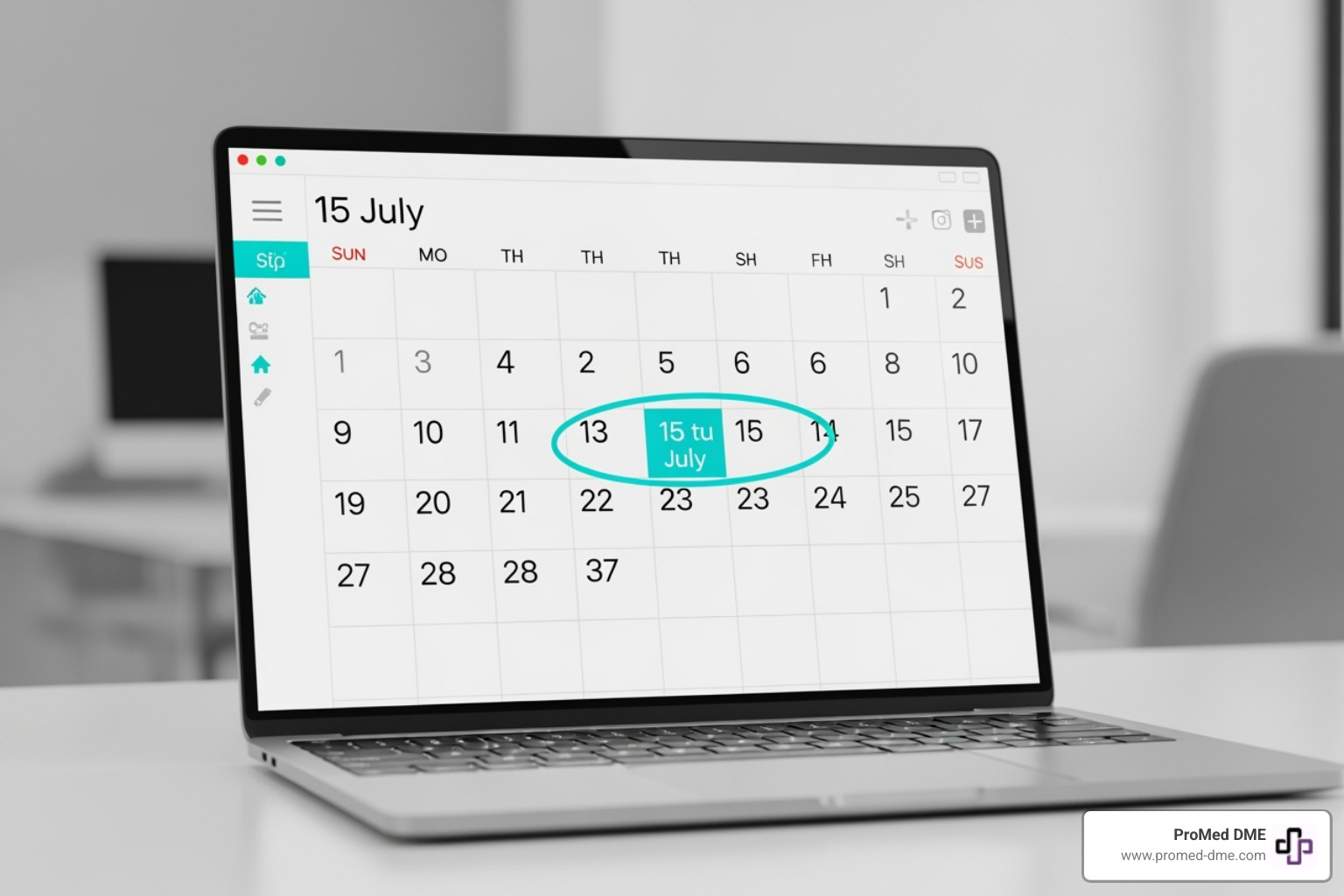
Exploring Community and Nonprofit Support
If you're still facing big financial problems, please don't lose hope! There's a wonderful, vibrant network of community and nonprofit organizations out there eager to lend a hand.
- Nonprofit Grants: Groups like Will’s Way and Kyler Cares offer grants specifically for families needing help with diabetes supplies. These organizations are truly dedicated to making essential diabetes technology more accessible to everyone.
- Community Aid: The power of community is incredible! Grassroots efforts and online social media groups, such as Mutual Aid Diabetes (MAD), connect people who have extra supplies with those who desperately need them. While it's not a formal program, it truly shows how community support can make a difference in tackling affordability challenges.
- General Diabetes Resources: Websites like NeedyMeds.org, RxAssist.org, and GetInsulin.org are fantastic starting points for finding financial assistance programs.
- Free Health Clinics: Don't forget about local free health clinics! Many communities have these, often run by dedicated volunteers and charitable organizations. They can sometimes provide diabetes supplies or point you toward other local resources.
You absolutely do not have to steer these challenges by yourself. We at ProMed DME are here, committed to helping you understand all your options and access the high-quality diabetic supplies that can truly improve your life.
The Rise of Over-the-Counter (OTC) and Wellness CGMs
The landscape of CGM access is rapidly evolving with the introduction of over-the-counter (OTC) options. This is a significant development, as it means you no longer need a prescription for certain CGM devices, opening up new possibilities for individuals managing diabetes and those interested in general health and wellness.
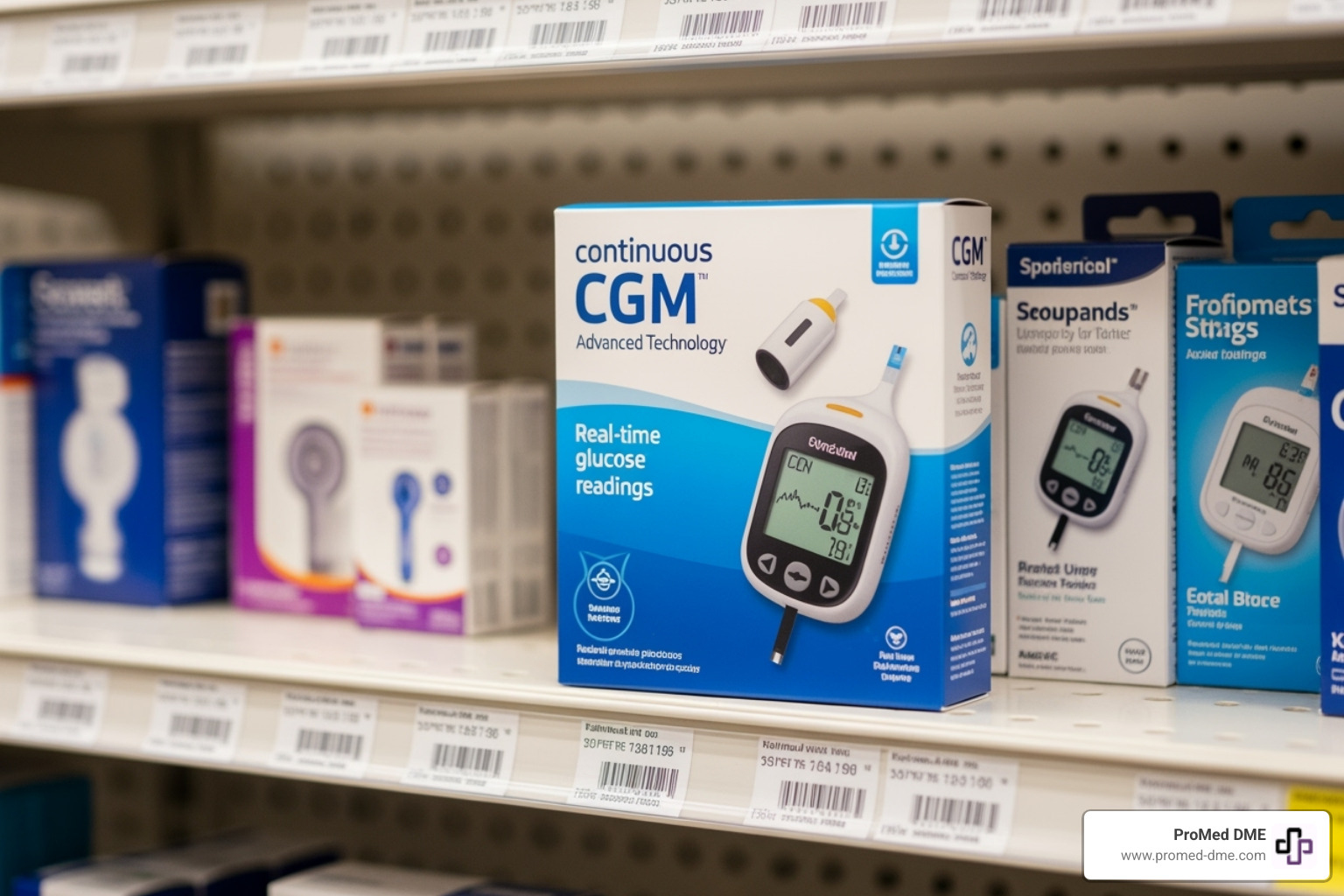
How Much Do OTC CGMs Cost?
The main trade-off with OTC CGMs is that they are generally not covered by insurance, meaning you'll pay the full cgm out of pocket cash price. However, they are typically more affordable than their prescription counterparts, and the cost is transparent upfront.
- Dexcom Stelo: The Dexcom Stelo Glucose Biosensor System was one of the first FDA-approved OTC CGMs. It costs $99 for a 1-month supply of sensors, which includes two 15-day sensors.
- Abbott Lingo: Abbott's Lingo, designed more for wellness and metabolic health, costs $49 for a 14-day sensor.
- FreeStyle Libre OTC: Abbott is also launching the FreeStyle Libre Rio system as an OTC option.
While insurance typically doesn't cover OTC CGMs, they are generally eligible expenses for Health Savings Accounts (HSAs) and Flexible Spending Accounts (FSAs), allowing you to use pre-tax dollars to cover the cost. This is a valuable way to reduce your effective cgm out of pocket expense for these devices.
Who Can Benefit from an OTC CGM?
The availability of OTC CGMs expands access beyond traditional diabetes management, making them valuable tools for a wider range of individuals.
- Type 2 Diabetes (Non-Insulin Users) and Prediabetes Management: For individuals with type 2 diabetes who manage their condition without insulin, or those with prediabetes, OTC CGMs offer real-time feedback on how diet, exercise, and lifestyle choices impact blood sugar levels. This immediate insight can be incredibly motivating and empowering for making necessary changes.
- General Wellness and "Biohacking": A growing number of people without diagnosed diabetes or prediabetes are using CGMs for general health optimization, often referred to as "biohacking." They track their glucose responses to different foods and activities to understand their body better, optimize energy levels, and make informed dietary choices. For these users, the cgm out of pocket cost is a conscious investment in their health data.
- Athletes: Athletes use CGMs to understand how their training, nutrition, and recovery affect their glucose levels, helping them optimize performance and prevent energy crashes.
- Data-Driven Health: If you're someone who loves data and wants a deeper understanding of your metabolic health, an OTC CGM can provide valuable insights into how your body processes sugar throughout the day and night.
While OTC CGMs provide fantastic accessibility, we always recommend consulting with a medical professional before starting any new health monitoring regimen, especially if you have underlying health conditions.
Frequently Asked Questions about CGM Costs
We know you might have more questions about managing your cgm out of pocket expenses. It's totally normal to feel a bit overwhelmed by all the options and costs! Here are some of the most common questions we hear, broken down to make things super clear:
What is the cheapest CGM I can get?
Finding the "cheapest" CGM isn't always about the lowest sticker price. It really depends on your unique situation, including your insurance and how much effort you put into finding deals.
For starters, if you're paying cash without insurance, the FreeStyle Libre product line often comes out on top, with sensors sometimes available for as little as $80 to $140 per month.
Now, with the exciting rise of over-the-counter (OTC) options, you'll find even more competitive cash prices. Dexcom Stelo, for example, can be around $99 per month, and Abbott Lingo might be $49 for a 14-day sensor. These are great if you don't have insurance or just want a simpler path to getting started.
But here’s a pro tip: don't just accept the first price you see! It's always a good idea to ask your medical supply provider about any available discounts or special cash-pricing programs. Also, don't forget to look for manufacturer coupons and free trial offers from companies like Abbott and Dexcom; they can be a fantastic way to cut your initial or ongoing cgm out of pocket costs.
Can I use my HSA or FSA to pay for my CGM out of pocket costs?
Yes, absolutely! This is fantastic news for many people. Health Savings Accounts (HSAs) and Flexible Spending Accounts (FSAs) are like special savings pots that let you put aside money before taxes are taken out. Then, you can use that pre-tax money to pay for qualified medical expenses. (If you're not familiar with how an HSA works, check out this concise overview on Wikipedia.) Using pre-tax dollars means you're essentially saving money on your cgm out of pocket costs because you're not paying taxes on the funds you use.
Whether you have a prescription CGM (like Dexcom or FreeStyle Libre with a doctor's order) or an over-the-counter one (like Dexcom Stelo), both are generally considered legitimate medical expenses. So, the cost of your sensors, transmitters, and receivers can typically be reimbursed through your HSA or FSA. It’s a smart way to make your healthcare budget go further!
Do I need a prescription to get a CGM?
This used to be a simple "yes," but CGMs are evolving quickly!
Traditionally, most Continuous Glucose Monitors did require a prescription from your doctor. This was important to make sure the device was the right fit for your health needs and that you got proper guidance on how to use it and understand the data. If you needed insurance to help cover the cost, a prescription was (and still is) a must, along with your doctor showing that it's "medically necessary." This usually means you have a diagnosis of diabetes (type 1 or type 2, especially if you use insulin) or another specific health condition that benefits from continuous glucose monitoring.
But here's the exciting change: we now have Over-the-Counter (OTC) options! Devices like the Dexcom Stelo and Abbott Lingo/FreeStyle Libre Rio are available without needing a doctor's prescription. These are wonderful for people who want to track their glucose for general wellness, manage prediabetes, or even for those with type 2 diabetes who aren't on insulin. They offer valuable insights into your glucose levels without an extra doctor's visit just to get the device.
So, the short answer is: it depends on the CGM. While you can now get some CGMs without a prescription, if you're aiming for insurance coverage or have specific medical needs (like type 1 diabetes), a prescription and a chat with your healthcare provider are still super important. They can help you figure out the very best CGM option for you.
Conclusión
Managing cgm out of pocket costs doesn't have to feel overwhelming. Throughout this guide, we've walked through the real numbers, from the $80-$500 monthly range you might face to the proven strategies that can cut those expenses dramatically.
The truth is, you have more power over these costs than you might think. Whether it's finding manufacturer savings programs that slash prices by 50%, asking your supplier about the best cash-pay options, or exploring the new OTC devices that don't require insurance at all, there are paths to affordability.
We've seen people get creative too - from using HSA funds to pay with pre-tax dollars to taking advantage of free trials before committing. Some folks have even found community support through nonprofit grants and grassroots programs. Every dollar you save is a dollar that stays in your pocket while you get the glucose insights that can truly change your life.
The benefits of continuous glucose monitoring are simply too valuable to miss. Real-time data about your blood sugar helps you make better food choices, catch dangerous highs and lows before they become emergencies, and gives you confidence in managing your diabetes day by day.
At ProMed DME, we understand that cost matters. That's why we're committed to working with most insurance plans to minimize your cgm out of pocket expenses. Our dedicated nurse is here to answer your questions, and we make the whole process easier with free shipping and exceptional customer service.
Don't let financial concerns keep you from better diabetes management. You deserve access to the tools that can help you live your healthiest life. The strategies in this guide work, and we're here to help you put them into action.
Ready to take the next step? Let's work together to find the CGM solution that fits both your health needs and your budget.
Recursos y artículos relacionados
Manténgase informado con las entradas de nuestro blog informativo.
Descubra las ventajas de ProMed
y pruebe nuestros productos
Ofrecemos envío gratuito y un legendario servicio de atención al cliente para garantizar que reciba los
mejores productos de DME para sus necesidades.

